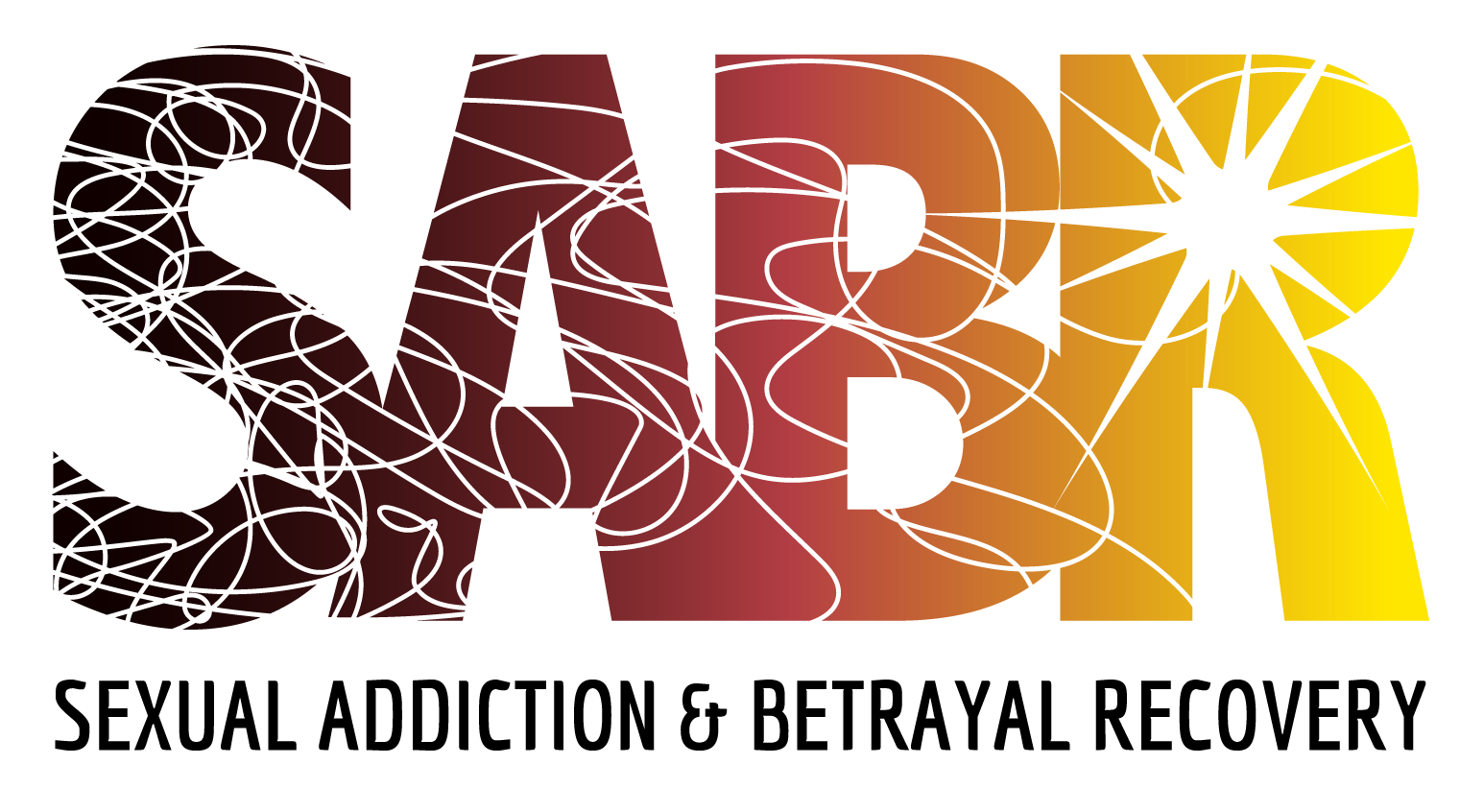
In an age where digital consumption is at an all-time high, the prevalence of pornography addiction is a concerning trend that mirrors society's deeper struggles with connection and intimacy. Dubbed as a "counterfeit connection," pornography addiction serves as a stand-in for genuine human relationships, providing an illusion of intimacy without the emotional investment and vulnerability required in real-life interactions. This article explores the phenomenon, its prevalence among different genders, and the psychological underpinnings that fuel this addiction, concluding with a hopeful outlook on healing and recovery.
Prevalence Among Men and Women
Those who begin treatment for pornography addiction are both men and women, but studies and surveys suggest a higher prevalence among men. This discrepancy can be attributed to a variety of factors, including societal norms, gender differences in sexual socialization, and the way men and women process visual stimuli. However, it's crucial to recognize that women are not immune to this addiction; the shame and stigma attached to women who admit to struggling with pornography can lead to underreporting. Thus, while the numbers suggest a gender gap, the reality may be closer than it appears.
Deficits in Attachment and the Lure of Pornography
Attachment theory provides a lens through which we can understand the allure of pornography as a counterfeit connection. Individuals with deficits in their attachment styles—be it anxious, avoidant, or disorganized—may find themselves drawn to pornography as a safe substitute for real intimacy. These attachment styles are formed in early childhood and can influence how one perceives and engages in relationships. For someone with an insecure attachment style, the risk-free and rejection-free nature of pornography can seem like an appealing alternative to navigating the complexities of human relationships.
Wounds in Attachment
Wounds in attachment, often stemming from early relational traumas such as neglect, abuse, or inconsistent caregiving, can leave individuals with a profound sense of unworthiness and fear of abandonment. Pornography, in this context, becomes a reliable albeit superficial source of comfort and validation. It provides a temporary escape from the pain of these wounds, offering an illusion of control and desirability without the perceived risks of real connection.
Fear of Real Relationships
For many, the fear of real relationships—rooted in anxieties around vulnerability, rejection, and inadequacy—can drive the turn toward pornography addiction. The digital realm offers a semblance of intimacy without the emotional exposure that comes with genuine relationships. This avoidance strategy, however, only perpetuates the cycle of loneliness and disconnection, reinforcing the reliance on pornography as a counterfeit form of connection.
Encouragement and Optimism for Healing and Recovery
Despite the challenges posed by pornography addiction, there is substantial reason for optimism. The journey toward healing and recovery is possible with the right support and resources. Therapy, particularly modalities that focus on understanding and healing attachment wounds, can be incredibly effective. Support groups and communities offer a sense of belonging and understanding that can counteract the isolation often felt in addiction. Education on healthy sexuality and relationships can also empower individuals to seek out and cultivate genuine connections.
Treatment for pornography addiction is not just about abstaining from pornography but about learning to engage in authentic, meaningful relationships with oneself and others. It's a journey of rediscovering the beauty of human connection, with all its complexities and vulnerabilities. With compassion, self-reflection, and support, individuals can heal from the counterfeit connection of pornography addiction and embrace the richness of real intimacy and connection.
In conclusion, while pornography addiction represents a significant and growing challenge, it also highlights the universal human longing for connection and intimacy. By addressing the root causes—be it through individual therapy, community support, or broader societal changes—we can move toward a future where genuine, fulfilling relationships are the norm, not the exception.
For help and support, reach out to us for help with SABR (Sexual Addiction & Betrayal Recovery).

 -->
-->